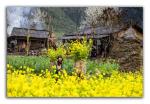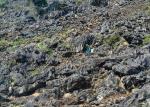As one of Vietnam’s less touristy provinces, Cao Bang offers a peaceful retreat filled with natural wonders like the Bản Giốc Waterfall, Thang Hen Lake, and the majestic Ngườm Ngao Cave. But if you’re planning a visit, you might wonder: When to go to Cao Bang? This guide will help you determine the best time to visit Cao Bang to make the most of your trip.
Recommended Tours for You:
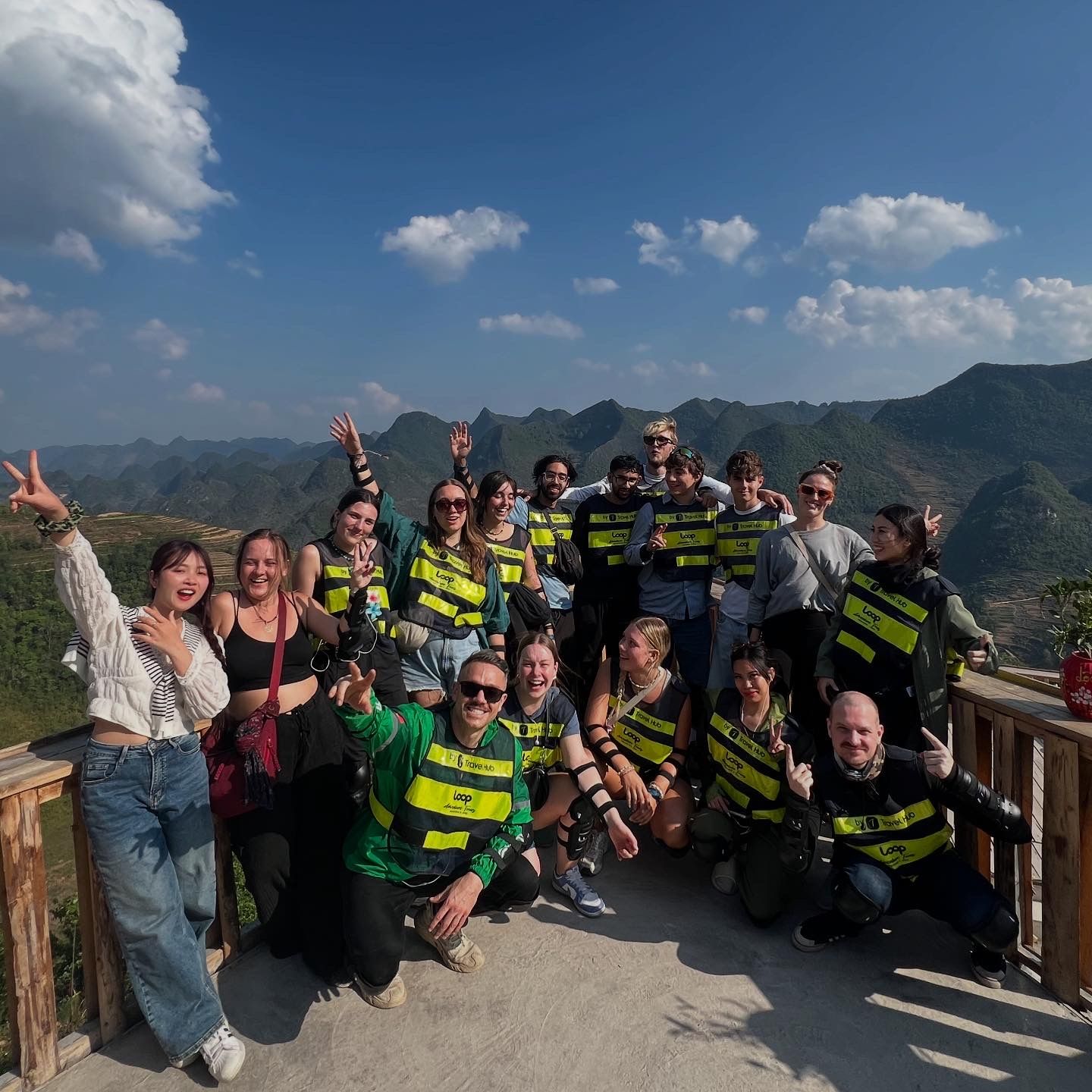
Understanding Cao Bang’s Climate
Before choosing the best time to visit Cao Bang, it’s essential to understand its climate. Cao Bang experiences a subtropical climate with four distinct seasons: spring, summer, autumn, and winter. The weather varies significantly across the year, influencing your travel experience.
-
Spring (March to May): The temperature begins to warm up after winter, with fresh greenery and blooming flowers everywhere.
-
Summer (June to August): This is the rainy season, characterized by heavy rainfall and high humidity.
-
Autumn (September to November): Generally regarded as the best time to visit, autumn brings cool temperatures and clear skies.
-
Winter (December to February): Cooler and drier, with occasional fog and temperatures sometimes dropping below 10°C.
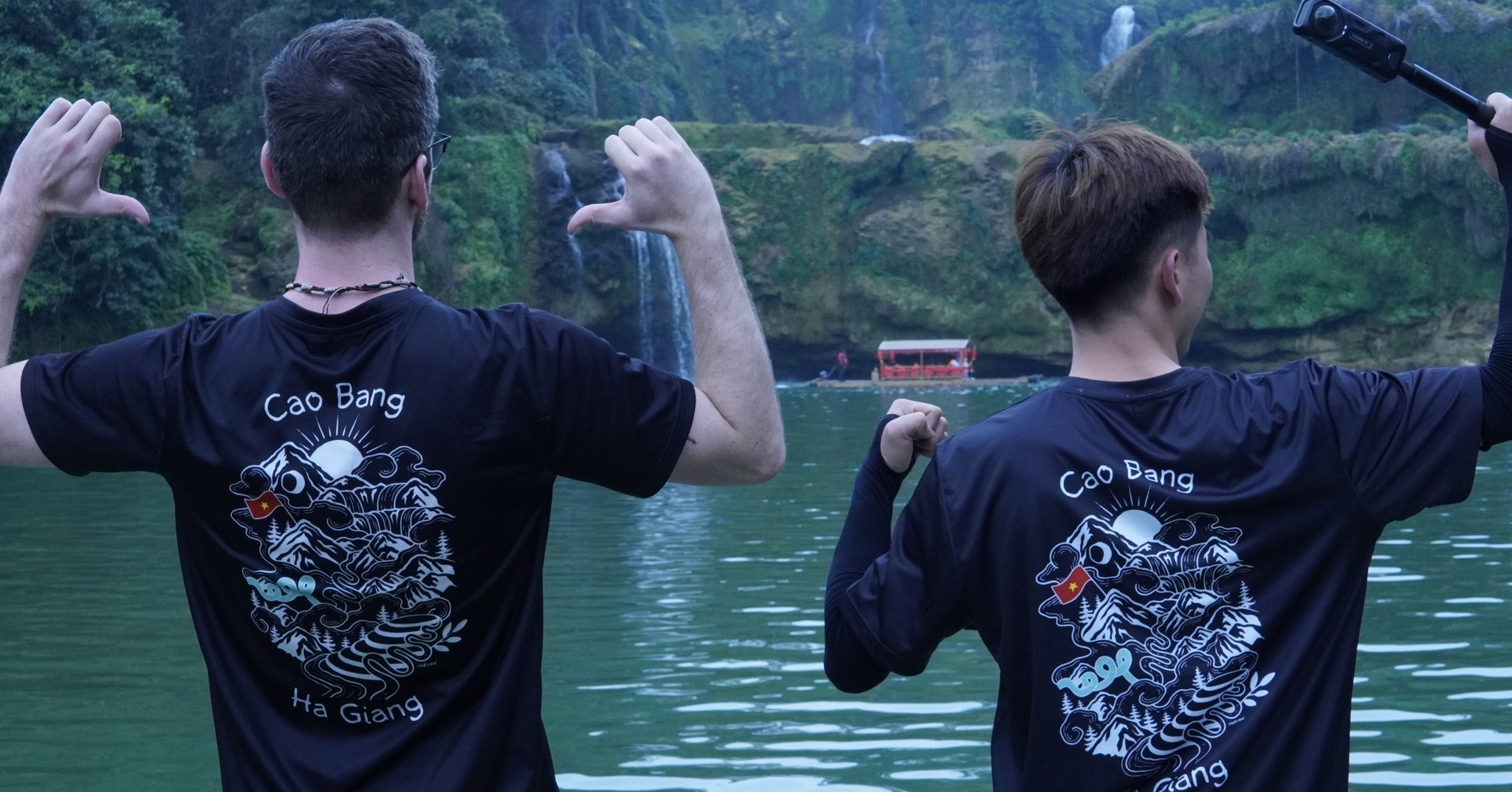
When to Go to Cao Bang? The Best Seasons for Travel
Autumn (September to November) – The Most Popular Time
Autumn is widely considered the best time to visit Cao Bang. The weather is mild and pleasant, with temperatures ranging between 18°C and 25°C (64°F to 77°F). Skies are often clear, offering excellent visibility of the spectacular landscapes.
Why visit in autumn?
-
Ideal weather: Comfortable temperatures and low rainfall make outdoor activities like hiking, boating, and sightseeing enjoyable.
-
Scenic beauty: The forests around Cao Bang begin to change colors, turning into beautiful shades of red, yellow, and orange, adding charm to your photos.
-
Waterfalls at their peak: After the rainy season, the water volume at Bản Giốc Waterfall is still abundant, providing breathtaking views.
-
Cultural events: Some ethnic minority festivals happen around this time, offering travelers the chance to witness traditional celebrations.

Tips for autumn travel:
Book accommodations and tours early, as this is a peak travel season. Bring layers of clothing to adjust to fluctuating temperatures.
Spring (March to May) – Fresh and Blooming
Springtime is another excellent season to explore Cao Bang. Temperatures gradually rise, and nature awakens from winter dormancy. The landscape is covered in fresh green foliage and colorful wildflowers.
Why visit in spring?
-
Pleasant weather: Not too hot or cold, spring offers ideal conditions for trekking and outdoor exploration.
-
Vibrant nature: Trees bloom and wildlife becomes more active, enhancing the experience of nature lovers.
-
Less crowded: Spring tends to be slightly less busy than autumn, giving a more peaceful travel experience.
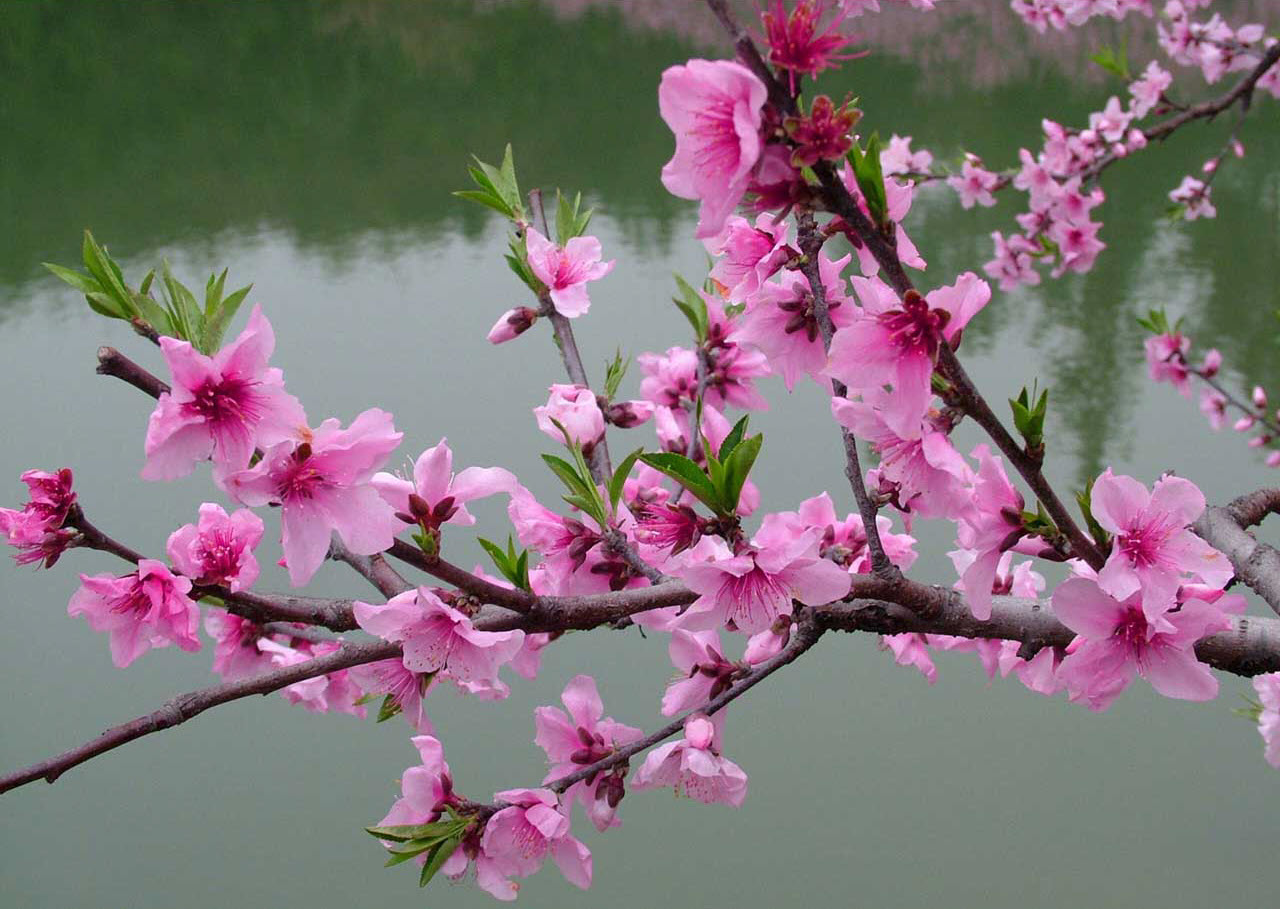
Spring travel tips:
Prepare for occasional light rains and bring a good rain jacket just in case. Early spring mornings can still be chilly, so pack accordingly.
Summer (June to August) – The Rainy Season
Summer is the rainy season in Cao Bang. You will encounter frequent showers, high humidity, and sometimes heavy downpours.
Considerations for summer visits:
-
Road conditions: Heavy rains can cause landslides or muddy roads, making travel more difficult and potentially dangerous.
-
Limited outdoor activities: Some trekking trails or boat rides may be canceled or unsafe during heavy rain.
-
Lush landscapes: On the plus side, the countryside is incredibly green and vibrant due to the rain.
If you decide to visit during summer, make sure to stay updated on weather conditions and have flexible plans.
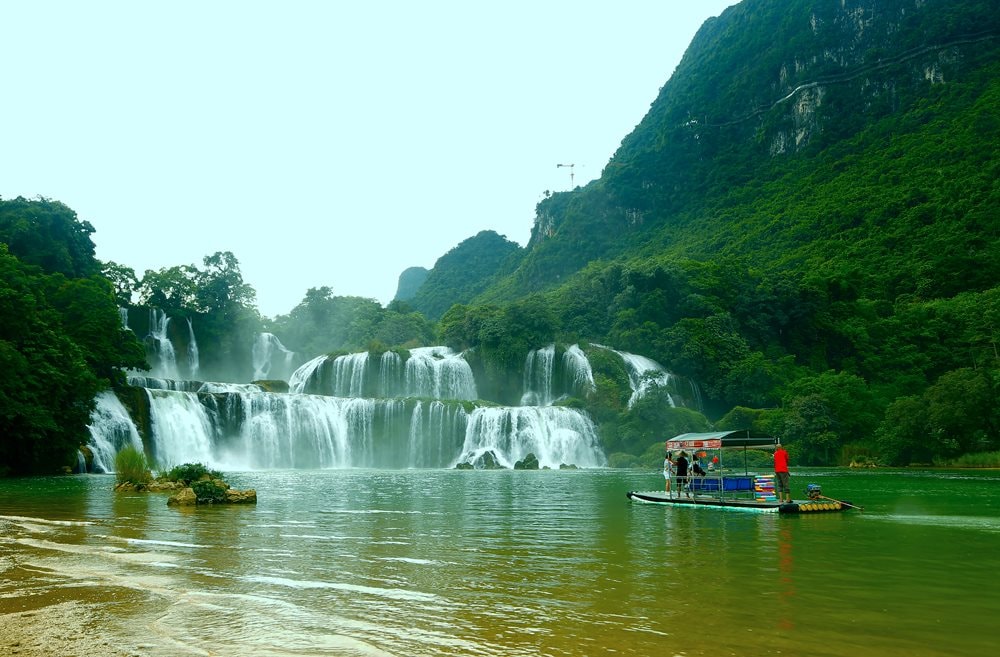
Winter (December to February) – Cool and Quiet
Winter in Cao Bang can be quite chilly, especially at night, with temperatures dropping below 10°C (50°F). This season is dry with less rainfall, but fog and mist are common.
Why visit in winter?
-
Peaceful atmosphere: Few tourists visit during this time, offering a tranquil experience.
-
Clear skies during the day: Despite the fog, there are many sunny days perfect for sightseeing.
-
Comfortable travel: Lower humidity makes exploring more comfortable than in the humid summer.
Winter travel tips:
Pack warm clothes, especially for early mornings and evenings. Be prepared for fog which might reduce visibility in some areas.
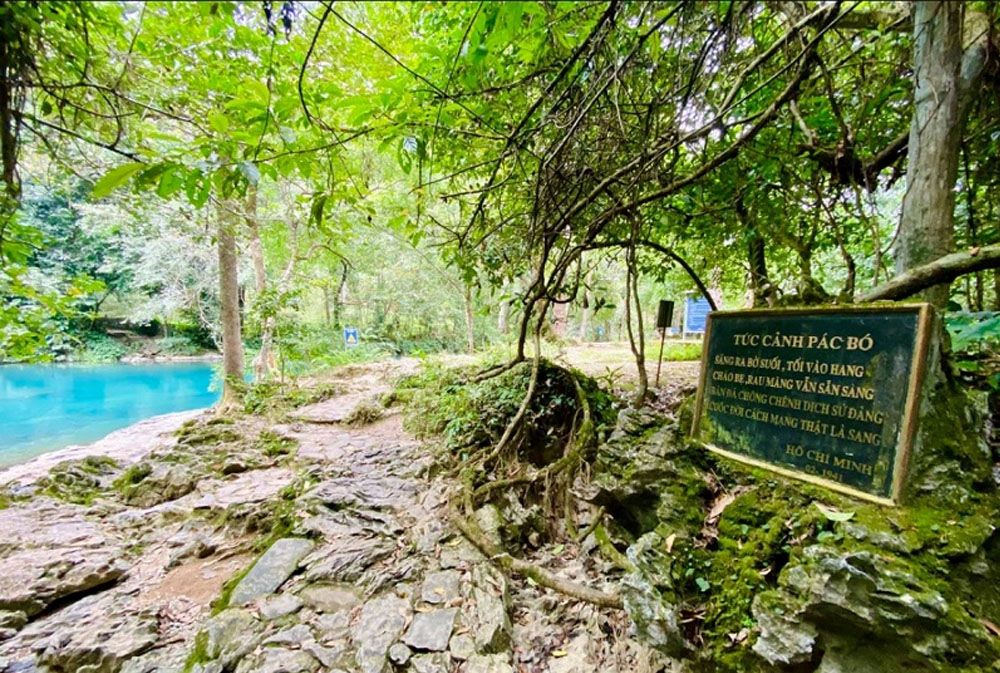
Other Factors to Consider When Planning Your Visit
Festivals and Cultural Events
Cao Bang is home to various ethnic minorities with unique festivals celebrated throughout the year. Visiting during these events provides an enriching cultural experience.
-
Lồng Tồng Festival: Usually held in February or March, this festival celebrates the beginning of the new farming season.
-
Nung New Year: Celebrated in January or February with traditional dances and rituals.
Check local event calendars to align your visit with these cultural highlights.
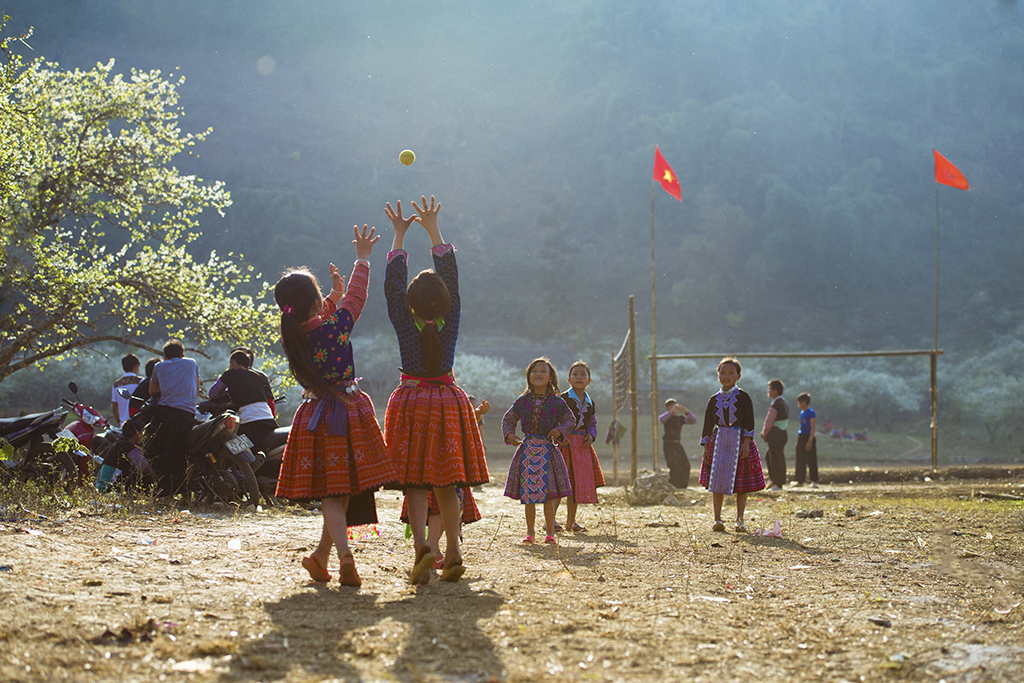
Length of Stay
Depending on your schedule and interests, spending 3 to 5 days in Cao Bang is ideal to cover the major attractions such as Bản Giốc Waterfall, Ngườm Ngao Cave, Thang Hen Lake, and Pac Bo Historical Sites comfortably.
Summary: When to Go to Cao Bang?
The best time to visit Cao Bang depends largely on the season and weather conditions. Spring (March to May) offers mild temperatures, blooming landscapes, and fewer tourists, although occasional light rains may occur. Summer (June to August) is hot and rainy, which results in lush greenery but also increases the risk of landslides and poor road conditions. Autumn (September to November) is considered the best season with cool, dry weather and clear skies, making it ideal for sightseeing and enjoying the peak flow of waterfalls; however, this is also the peak tourist season, so it can be crowded. Winter (December to February) is cold, dry, and often foggy, providing a quiet, less crowded experience, but temperatures can be quite chilly, which might affect outdoor activities.
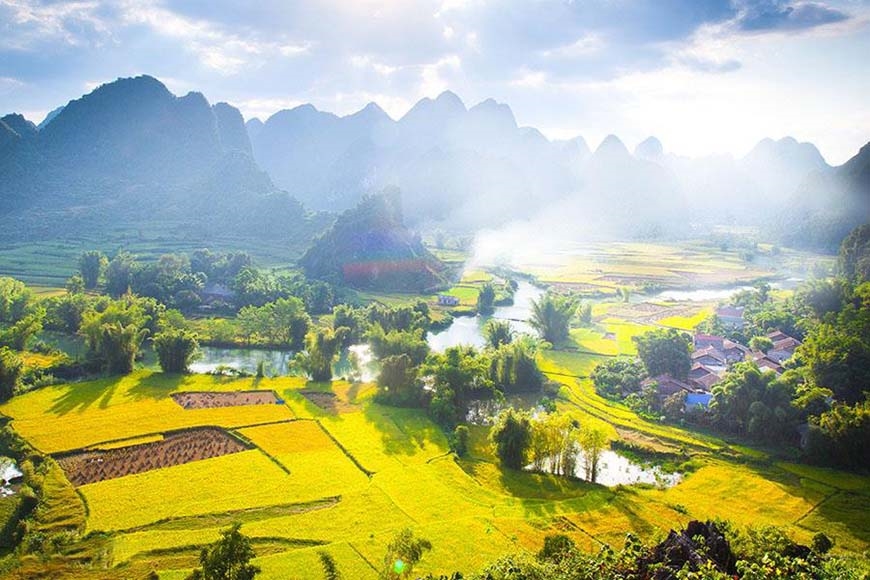
Final Thoughts
If you’re asking, “When to go to Cao Bang?”, the answer depends on your preferences and tolerance for weather conditions. For the most pleasant experience, plan your trip during autumn (September to November) or spring (March to May). These seasons provide comfortable weather, stunning scenery, and excellent opportunities to explore all the natural and cultural treasures Cao Bang offers.
Regardless of when you go, Cao Bang’s raw beauty, welcoming people, and fascinating history make it a destination definitely worth visiting on your Vietnam itinerary.


